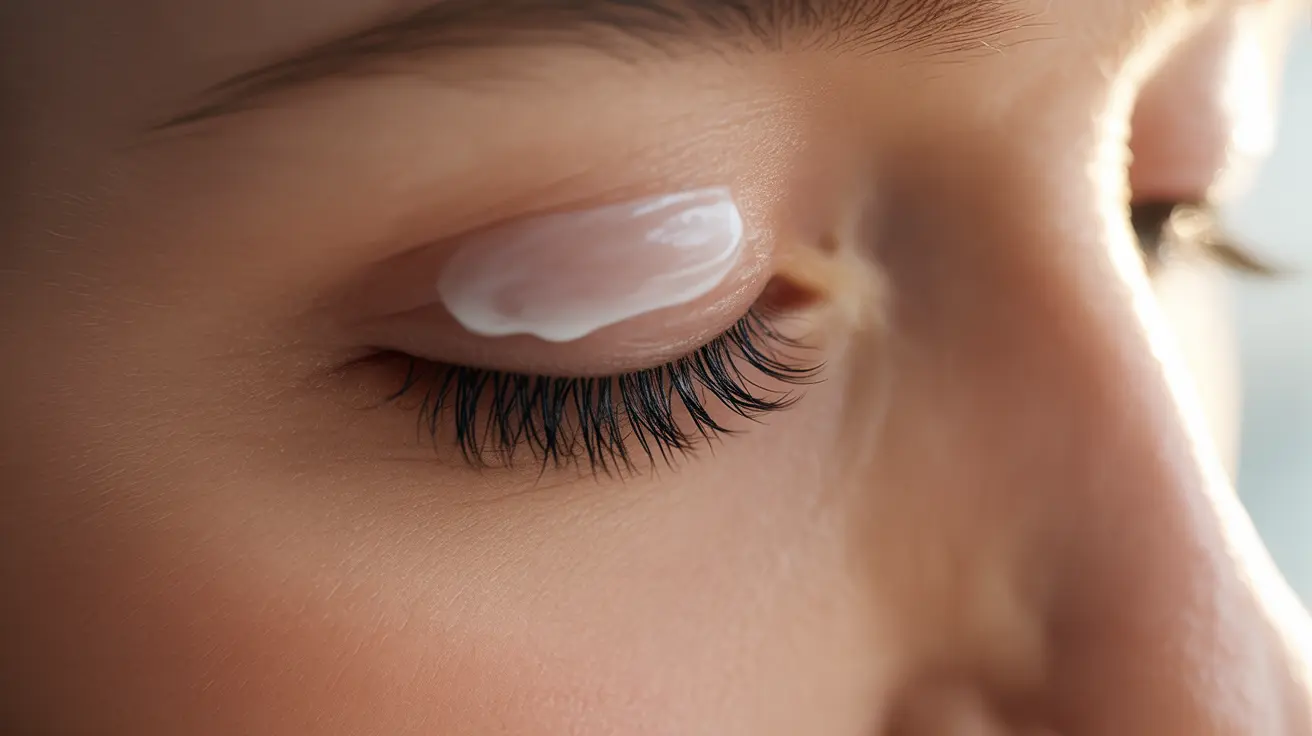The relationship between leg training and testosterone production has long intrigued fitness enthusiasts and researchers alike. As one of the largest muscle groups in the body, leg muscles play a crucial role in hormonal responses to exercise, particularly regarding testosterone levels. Understanding this connection can help optimize your workout routine for maximum hormonal benefits.
Let's explore the scientific evidence behind leg training's impact on testosterone production and how you can leverage this knowledge to enhance your fitness results.
The Connection Between Leg Training and Testosterone
Leg exercises, particularly compound movements that engage large muscle groups, have been shown to stimulate significant hormonal responses in the body. When you perform intense leg workouts, your body releases various hormones, including testosterone, as part of the natural adaptation process.
The mechanical stress and metabolic demands placed on large leg muscles during training trigger a cascade of hormonal responses that can benefit your entire body. This response is typically more pronounced compared to training smaller muscle groups like arms or shoulders.
Most Effective Leg Exercises for Hormone Production
Certain leg exercises are particularly effective at stimulating testosterone production due to their compound nature and the intense demands they place on the body:
- Barbell Squats
- Deadlifts
- Romanian Deadlifts
- Leg Press
- Bulgarian Split Squats
These exercises engage multiple muscle groups simultaneously and create a significant hormonal response when performed with proper intensity and volume.
Understanding the Hormonal Response Timeline
The testosterone response to leg training isn't permanent but follows a specific pattern. Typically, testosterone levels begin to rise during the workout and peak shortly after completion. This elevation can last anywhere from 15 minutes to several hours post-exercise, depending on various factors including workout intensity and individual physiology.
Maximizing the Benefits of Leg Training
Optimal Training Parameters
To maximize the hormonal benefits of leg training, consider these key factors:
- Training intensity (70-85% of one-rep maximum)
- Volume (3-4 sets of 8-12 repetitions)
- Rest periods (60-90 seconds between sets)
- Training frequency (2-3 times per week)
Supporting Factors
Several factors can enhance the testosterone-boosting effects of leg training:
- Adequate sleep (7-9 hours per night)
- Proper nutrition
- Stress management
- Consistent training schedule
- Sufficient recovery between sessions
Frequently Asked Questions
Does training legs really increase testosterone levels in the body?
Yes, training legs can temporarily increase testosterone levels in the body. Research shows that compound leg exercises, particularly when performed with high intensity, trigger a significant release of testosterone and other anabolic hormones.
How long do testosterone levels stay elevated after a leg workout?
Testosterone levels typically remain elevated for 15 minutes to several hours post-workout, with the peak occurring shortly after exercise completion. The duration varies based on workout intensity and individual factors.
Which leg exercises are most effective for boosting testosterone naturally?
Compound exercises like squats, deadlifts, and leg presses are most effective for boosting testosterone naturally. These movements engage multiple large muscle groups simultaneously, creating a more significant hormonal response.
Can leg day workouts help improve overall muscle growth and strength beyond just the legs?
Yes, leg workouts can contribute to overall muscle growth and strength through increased systemic hormone production and the activation of muscle-building pathways throughout the body. This phenomenon is often referred to as the "spillover effect."
What factors influence the testosterone-boosting effects of leg resistance training?
Key factors include training intensity, volume, rest periods, nutrition, sleep quality, stress levels, and overall training experience. Maintaining optimal levels of these factors can enhance the testosterone response to leg training.




